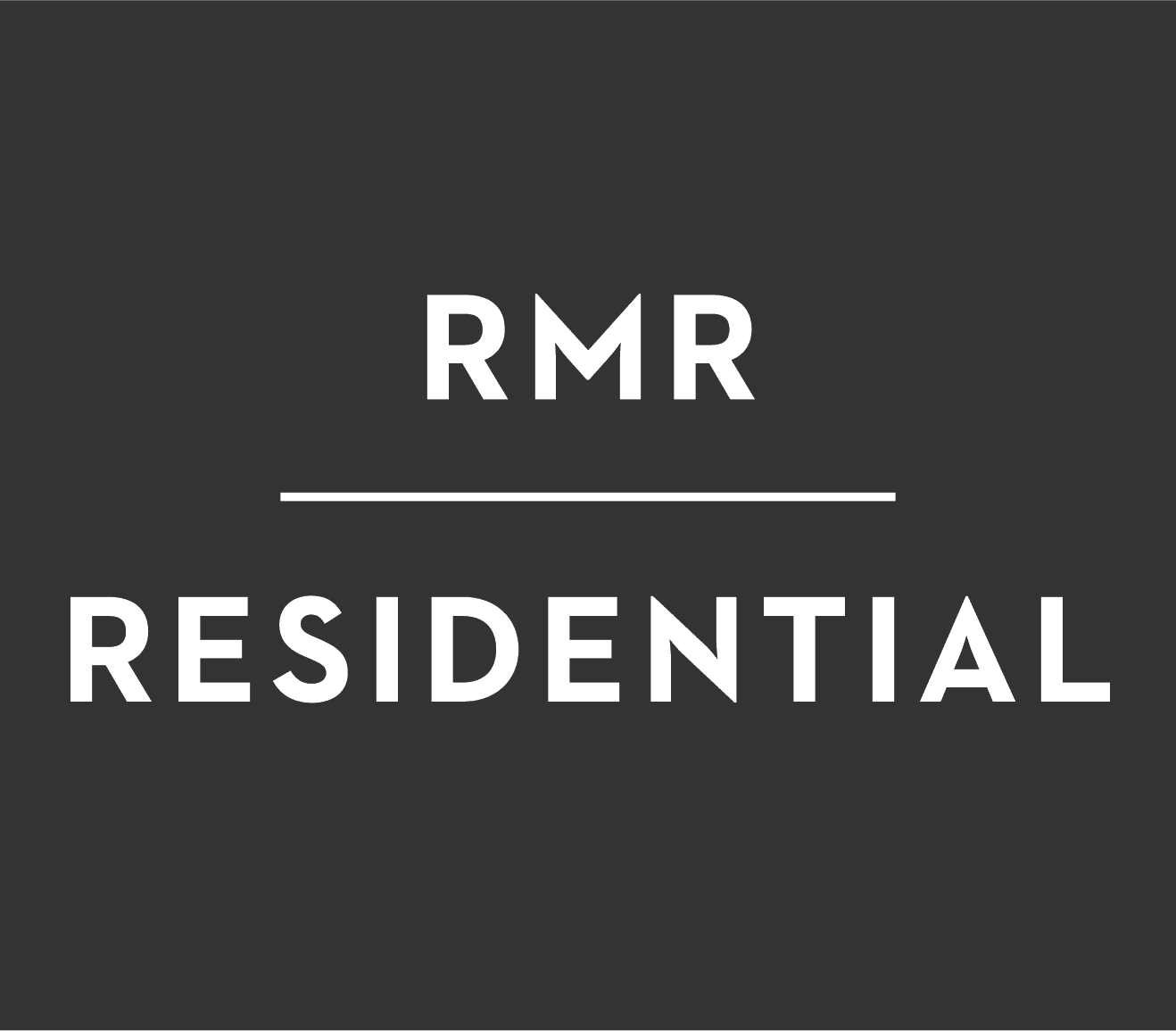Designing, Launching, and Running an Initiative the Carroll Way – A Case Study
The business landscape is constantly evolving and changing; throughout history, we’ve seen disruptions take place. Yet, one thing remains true – entrepreneurs who have the foresight to plan, execute, and cultivate change prosper.

The business landscape is constantly evolving and changing; throughout history, we’ve seen disruptions take place. Yet, one thing remains true – entrepreneurs who have the foresight to plan, execute, and cultivate change prosper. When approached in a careful and methodical way, such an undertaking results in a system of smooth operations unfazed by arising obstacles. Carroll Organization defines these parameters by achieving excellence and setting the industry standard.
Jamie S. Lee, Chief Financial Officer for Carroll Organization, offers an insightful glimpse into the processes the leaders at Carroll employ that yield success in any entrepreneurial undertaking. As a veteran of the Carroll team, Lee has taken on many responsibilities during her tenure with the organization, such as leading the accounting and finance departments and overseeing property accounting, corporate accounting, and fund accounting. Throughout her time at Carroll, Lee has successfully implemented an entrepreneurial mindset to initiatives she undertakes.
There are 3 important phases to an entrepreneurial endeavor that build on one another. Take a closer look at how Carroll’s esteemed accounting and finance leader designed processes and structure, launched the plan, and executed that initiative. Exercising the processes of these phases has afforded Carroll Organization success time and time again.
1. Designing an Initiative
When Lee arrived at Carroll, she brought a wealth of experience from Fortune 100 companies. She possessed extensive, first-hand knowledge of successful business models. At that time, Carroll represented a departure from the more-established, tried and true business models. With the entrepreneurial nature of Carroll boasting opportunities largely unprovided by institutional organizations, Lee saw an opportunity, joining the then burgeoning Carroll. Joining an organization in ‘growth mode’ allowed for the fortuitous opportunity to contribute to the steady build of a promising company.
Lee proved to be an integral part of the value creation process. Through listening in focus groups and conducting interviews with various stakeholders, Lee and her team successfully identified the greatest areas of growth. Knowing the fundamentals were already in place, she turned her attention to solving problems of practice and process, determined to design a department grounded in the nuances of a controlled environment, replicating those found at a larger institutional organization. Prioritizing these best practices and processes, Lee worked diligently with her team at Carroll to identify inefficiencies and deficiencies in the established processes, remedying impediments that abated the effectiveness of these practices. A business model with a regard for the entrepreneurial, this planning and forethought ultimately led to the practices and processes that have allowed Carroll Organization to excel today.
2. Launching an Initiative
Even with a polished design, a business will unfailingly sink without a well-organized launch that enacts the plan carefully. The processes Lee worked to put into practice provided a wide array of streamlined solutions to fundamental challenges the organization faced early on.
The initial focal point of these processes revolved around providing Carroll’s investors, lenders, and internal management with improved reporting. The top priority amongst all stakeholders was to refine the pillars of automation and consistency within these processes. Through technological automation and optimization, Lee and her team were able to not only increase efficiency, but also reduce the risk of error. This streamlining of processes allowed for a uniformed methodology across the board, ensuring transparency to investment partners that cultivated consistent reliability necessary for successful business practices.
Alongside this launch of consistent practices, Lee and her team took time to assess and evaluate different service providers, ensuring the partner chosen possessed the in-depth experience and knowledge needed to properly grow and support the organization moving forward. Choosing providers with the best tools and technologies to support short-term needs, while also preparing for long-term needs.
Applying these processes with an accounting and finance team comprised of only 10 individuals offered a challenge. To overcome this challenge, Lee implemented an improved, layered organizational structure across the team. This added structure allowed team members to apply a focus in areas they particularly excel in and to create a more stringent review and approval process. Since this launch, the accounting and finance team has more than doubled in size, continuing to steadily grow and evolve with the processes that ensure an overarching consistency that drives success.
3. Running an Initiative
With the successful implementation of the processes that established Carroll as a formidable force in the industry, Lee and her team now focus on strategic initiatives that keep the team one step ahead of the competition while keeping pace with the ever-developing landscape. Whether facing new accounting regulations or emerging trends in the multifamily industry, the team at Carroll constantly evaluates new systems, processes, and ideas to improve these initiatives they’ve built under Lee’s leadership. Seizing every opportunity to move the business forward with initiatives ranging from fully electronic rent collection processes to the creation of an internal audit department, Carroll strives to remain at the forefront of efficiency.
As Carroll continues to grow, so does the team. Over the past five years, the accounting and finance team has more than doubled in size, an increase in caliber as much as headcount. When recruiting fresh talent, Lee seeks a number of qualities in potential candidates, all of which will ensure their ability to fit into the culture of excellence cultivated at Carroll. Among these qualities are a strong sense of self-motivation, a passion to learn and grow, and an active drive to improve the work they do. Industry knowledge, while certainly advantageous, is ultimately a skillset that can be taught; instead, teams aim to recruit candidates with skills that can’t be taught, the intrinsic characteristics that promote excellence. These candidates are the future team members at Carroll that drive the business forward, facilitating growth and sustainability in an ever-evolving industry.
Equipped with the organizational structure necessary to not only attract and retain the talent necessary to stay ahead of the competition, but also grow and develop these individuals, the Carroll team pushes onward with confidence in their ability and processes. From the earliest stages of modeling an initiative to the fast-paced evolution of processes and practices, teams at Carroll such as Lee’s own the successes, challenges, and nuances of designing, launching, and running an initiative with consistency and ambition, eager to grow with the organization they strive to improve.








